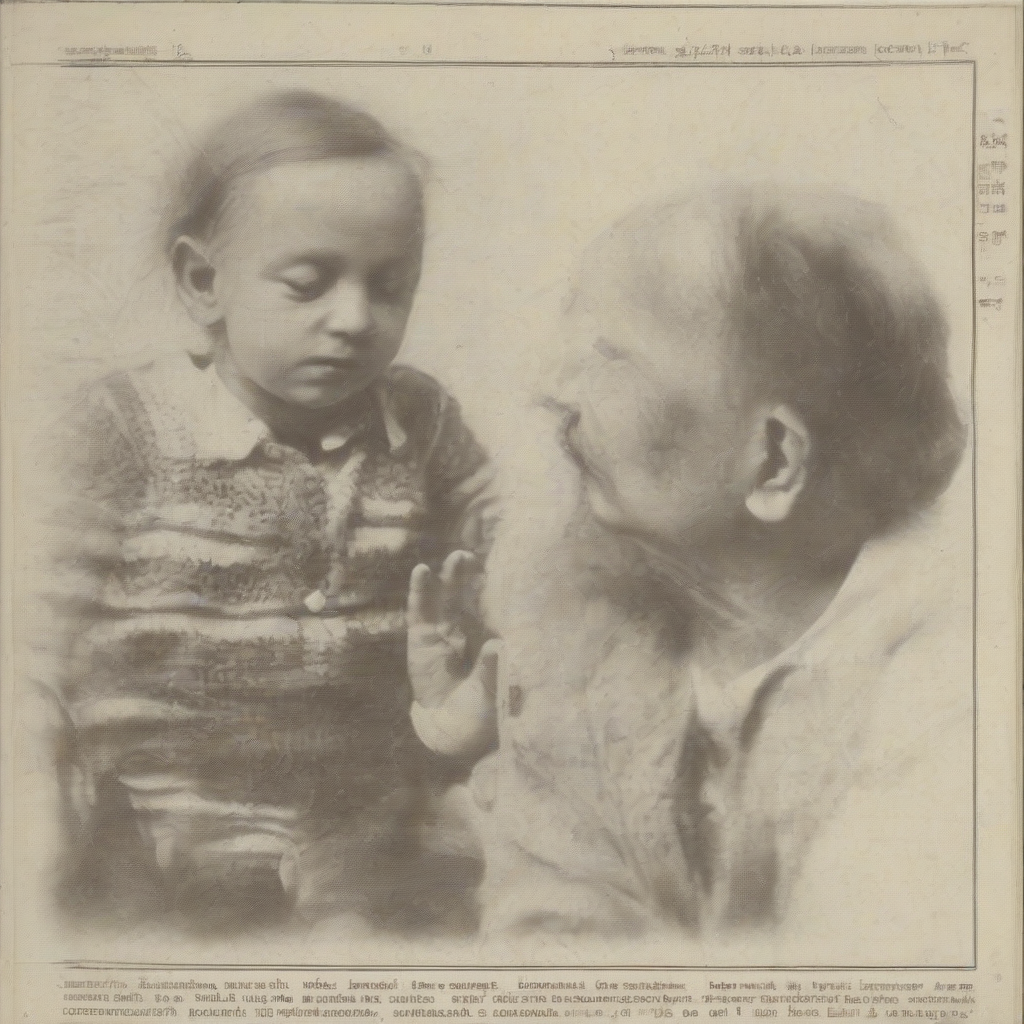Conquering Myelogenous Leukemia: A Comprehensive Guide to Treatment Options
Myelogenous leukemia, encompassing both chronic myelogenous leukemia (CML) and acute myelogenous leukemia (AML), represents a significant challenge in oncology. Treatment approaches are diverse and depend heavily on the specific type of leukemia, the patient’s overall health, and the stage of the disease. This comprehensive guide delves into the various treatment strategies employed in combating these aggressive cancers.
Chronic Myelogenous Leukemia (CML) Treatment
CML, characterized by the Philadelphia chromosome, has witnessed a remarkable transformation in treatment outcomes thanks to targeted therapies. The primary goal of CML treatment is to achieve and maintain a deep molecular response, meaning minimal to no detectable cancer cells in the blood.
Tyrosine Kinase Inhibitors (TKIs)
TKIs are the cornerstone of CML treatment. These drugs target the BCR-ABL protein, the abnormal protein produced by the Philadelphia chromosome, preventing the cancer cells from multiplying. Several TKIs are available, each with its own efficacy and side effect profile. The first-line treatment typically involves a TKI, and the choice depends on individual factors.
- Imatinib (Gleevec): The first-generation TKI, imatinib, revolutionized CML treatment. While highly effective for many patients, some may develop resistance over time.
- Dasatinib (Sprycel): A second-generation TKI, dasatinib, is often used for patients who are resistant or intolerant to imatinib. It’s known for its ability to penetrate the central nervous system.
- Nilotinib (Tasigna): Another second-generation TKI, nilotinib, shows similar efficacy to dasatinib. It offers a more predictable pharmacokinetic profile.
- Bosutinib (Bosulif): A second-generation TKI particularly useful in cases resistant or intolerant to other TKIs.
- Ponatinib (Iclusig): A third-generation TKI reserved for patients with resistance to other TKIs, known for its potency but also for potential side effects.
The selection of a specific TKI is guided by factors such as previous treatment history, genetic mutations, and individual patient characteristics. Regular monitoring of blood counts and molecular response is crucial to assess treatment effectiveness and adjust the therapy as needed.
Allogeneic Stem Cell Transplantation (alloSCT)
For patients who do not respond well to TKIs or who experience relapse, allogeneic stem cell transplantation (alloSCT) may be considered. This involves replacing the patient’s diseased bone marrow with healthy bone marrow from a compatible donor. While highly curative, alloSCT carries significant risks, including graft-versus-host disease (GVHD) and infection. It’s usually reserved for high-risk patients.
Acute Myelogenous Leukemia (AML) Treatment
AML is an aggressive form of leukemia requiring prompt and intensive treatment. The approach is often more multifaceted than that for CML, and the prognosis varies greatly depending on several factors, including age, genetic mutations, and overall health.
Induction Chemotherapy
Induction chemotherapy is the initial phase of AML treatment, aiming to achieve remission, which means the disappearance of leukemia cells from the bone marrow. This involves a combination of highly potent chemotherapy drugs administered intravenously. The specific regimen varies depending on the patient’s characteristics and risk factors.
- 7+3 Regimen: A common induction regimen that combines 7 days of cytarabine with 3 days of an anthracycline (like daunorubicin or idarubicin).
- FLAG-Ida regimen: A less intense induction regimen often used in older patients with a higher risk of complications from intensive chemotherapy.
Induction chemotherapy is associated with significant side effects, including nausea, vomiting, hair loss, fatigue, and an increased risk of infection. Supportive care is crucial during this phase.
Consolidation Chemotherapy
After achieving remission, consolidation chemotherapy is given to further reduce the risk of relapse. This typically involves several cycles of chemotherapy, often similar to the induction regimen, but possibly with different drug combinations.
Maintenance Therapy
Following consolidation, maintenance therapy may be employed to prolong remission. This often consists of lower-dose chemotherapy or other targeted therapies, aiming to prevent the return of leukemia cells.
Targeted Therapy
Advances in our understanding of AML genetics have led to the development of targeted therapies that focus on specific genetic abnormalities within leukemia cells. These drugs, such as FLT3 inhibitors, are increasingly used in conjunction with or as alternatives to chemotherapy.
Allogeneic Stem Cell Transplantation (alloSCT) in AML
Similar to CML, alloSCT is a crucial treatment option for some AML patients, especially those with high-risk disease or relapse. It offers the potential for cure but comes with significant risks and side effects. The timing and suitability of alloSCT are carefully considered based on individual factors.
Other Treatments
- Radiation Therapy: In specific circumstances, radiation therapy may be used as part of the treatment plan, particularly in cases of localized disease.
- Supportive Care: Supportive care, including blood transfusions, infection control, and management of side effects, is a vital part of AML treatment and significantly impacts the patient’s quality of life.
- Clinical Trials: Participation in clinical trials can offer access to innovative treatments and contribute to advancing the understanding and treatment of AML.
Factors Influencing Treatment Choice
The selection of the optimal treatment strategy for myelogenous leukemia is complex and depends on numerous factors. These include:
- Type of Leukemia: CML and AML require distinctly different treatment approaches.
- Stage of Disease: The extent of the leukemia’s spread significantly influences treatment choices.
- Age and Overall Health: Older patients or those with significant comorbidities may tolerate less intensive treatment regimens.
- Genetic Mutations: Specific genetic alterations within the leukemia cells can guide the selection of targeted therapies.
- Patient Preferences: The patient’s preferences and values should be taken into account in the decision-making process.
Treatment decisions are best made in collaboration between the patient, their family, and a multidisciplinary team of healthcare professionals, including hematologists, oncologists, and supportive care specialists.
Monitoring and Follow-Up
Regular monitoring is crucial throughout the treatment process and after remission to detect any relapse or recurrence. This typically involves blood tests, bone marrow biopsies, and imaging studies. The frequency of follow-up appointments depends on individual circumstances and the specific type of leukemia.
The information provided here is for general knowledge and should not be considered medical advice. It is essential to consult with a healthcare professional for personalized guidance on myelogenous leukemia treatment.
